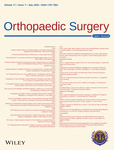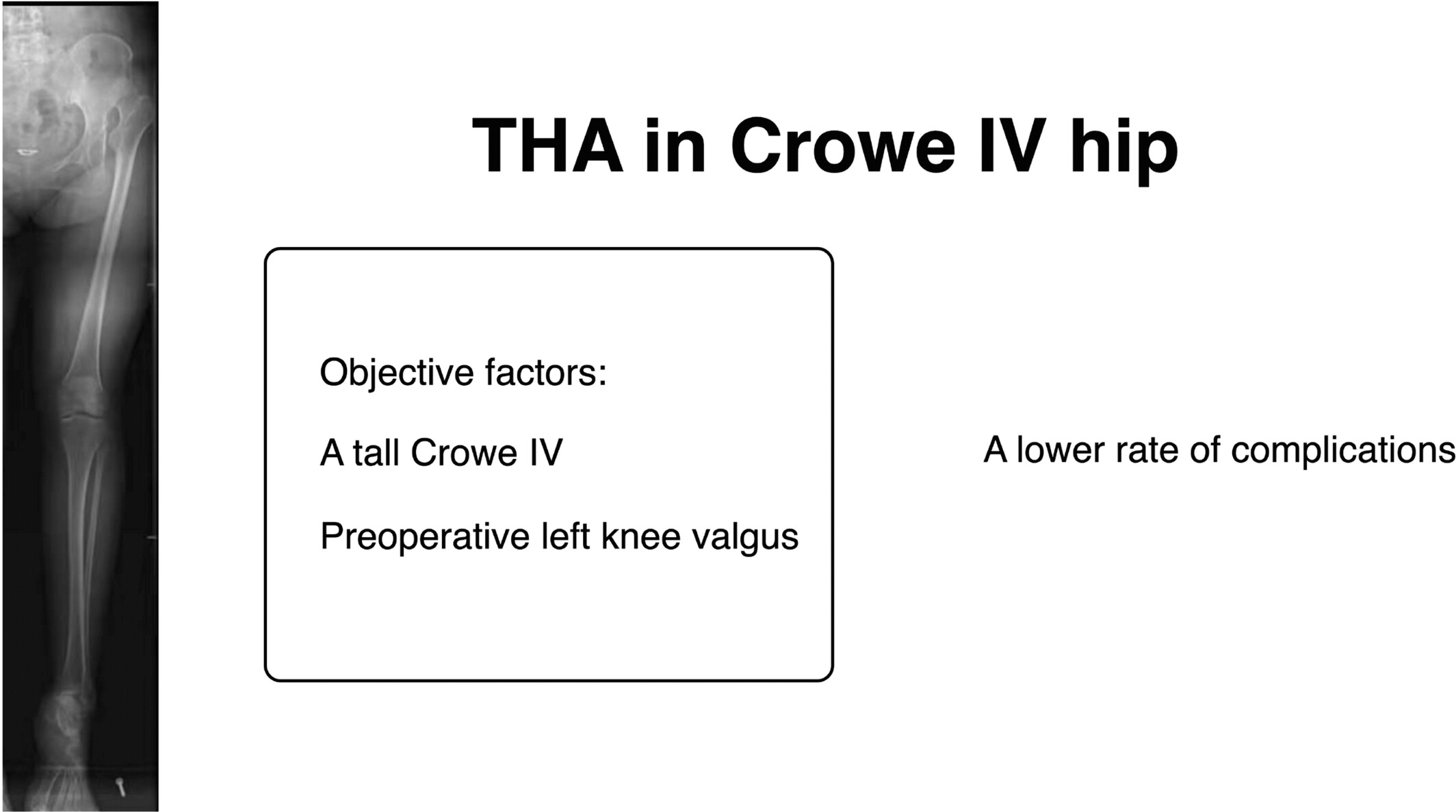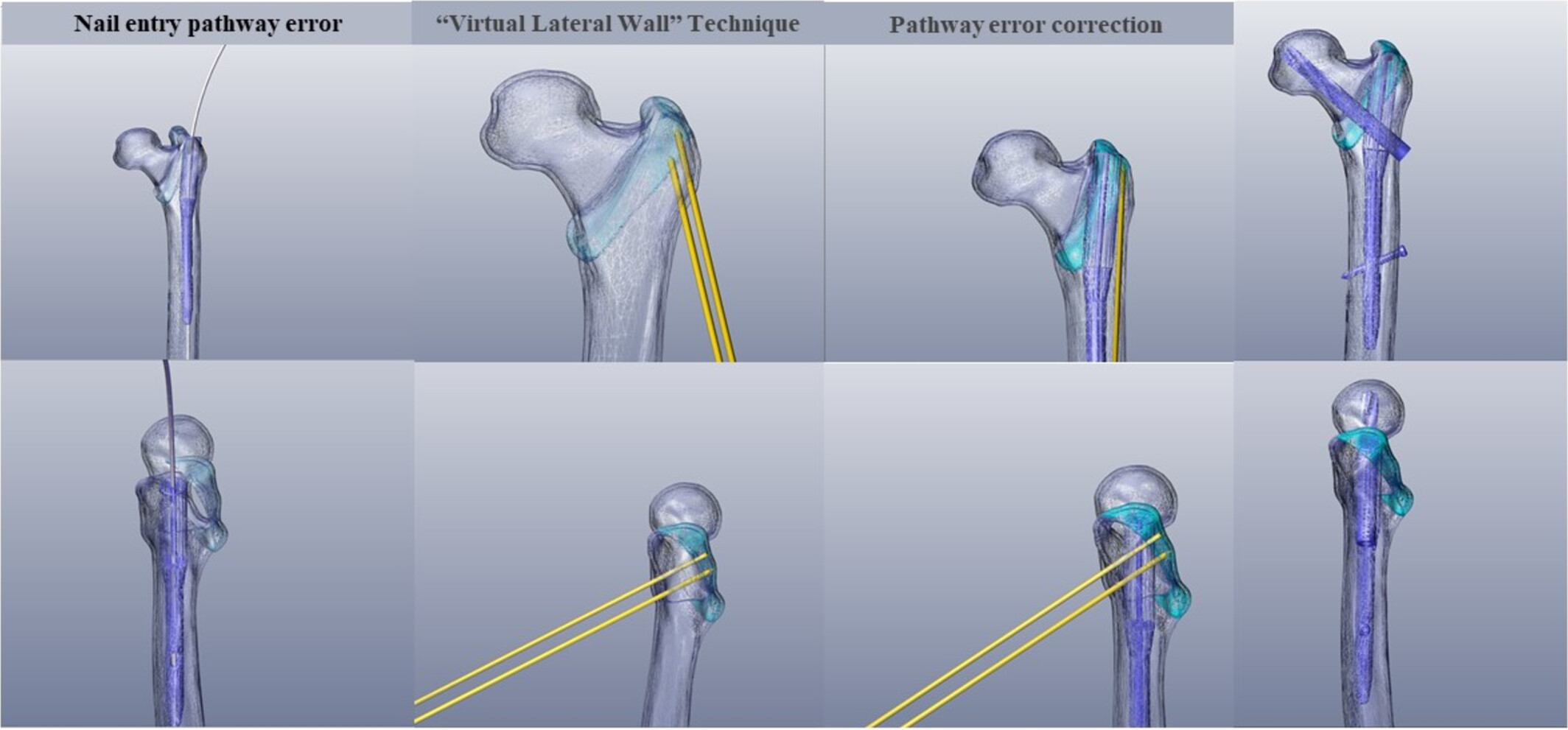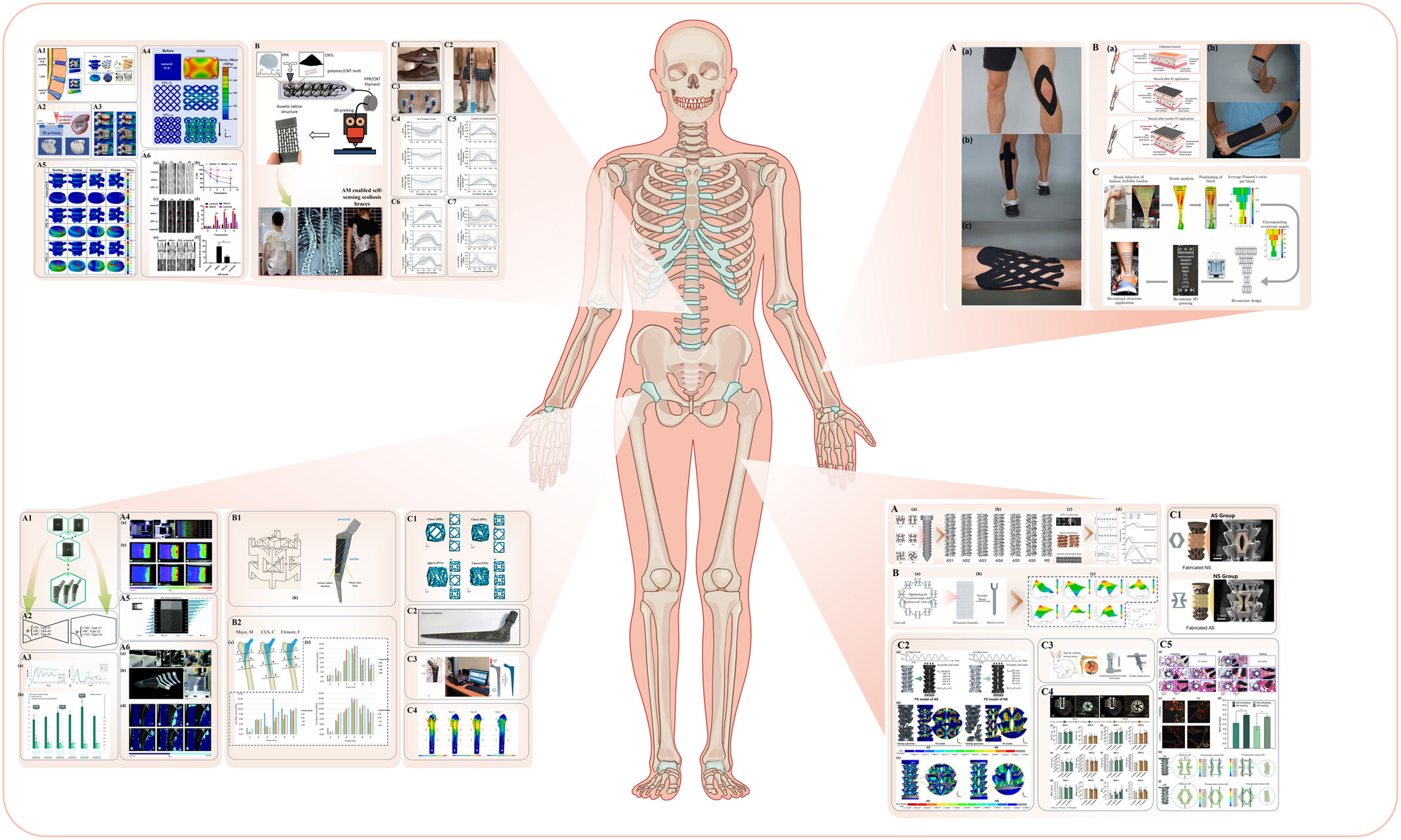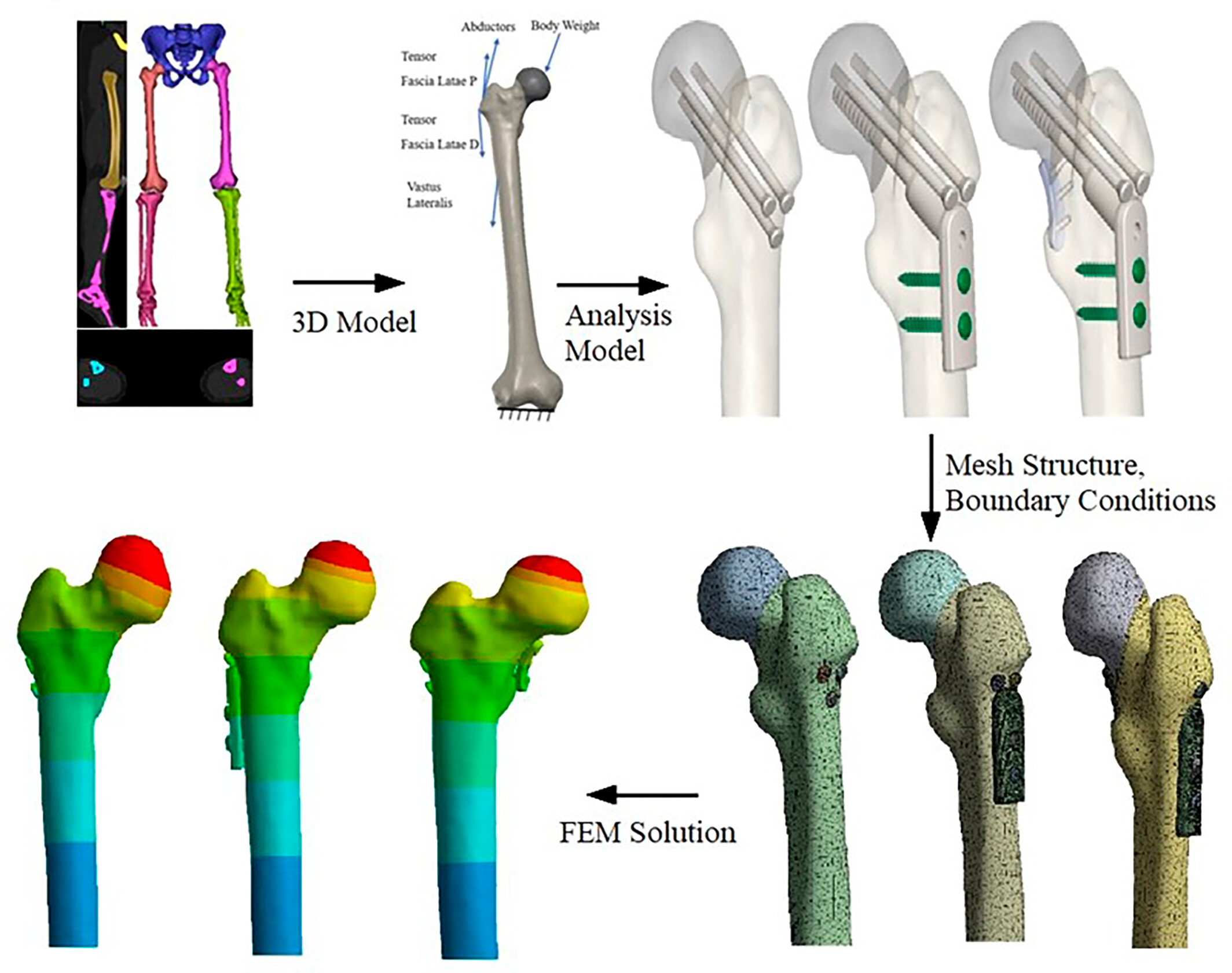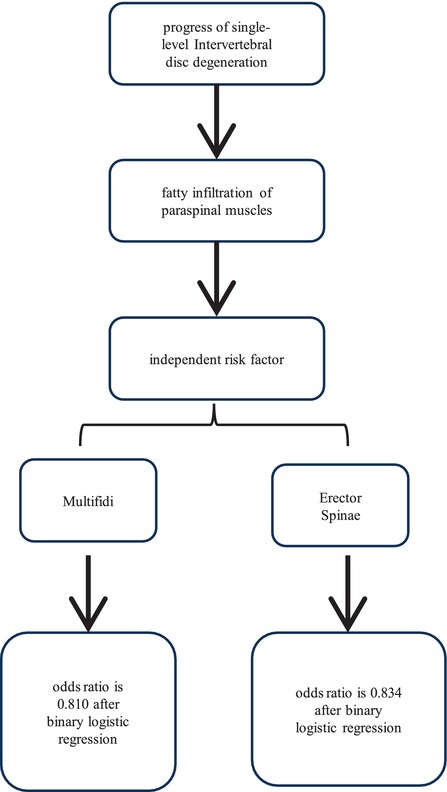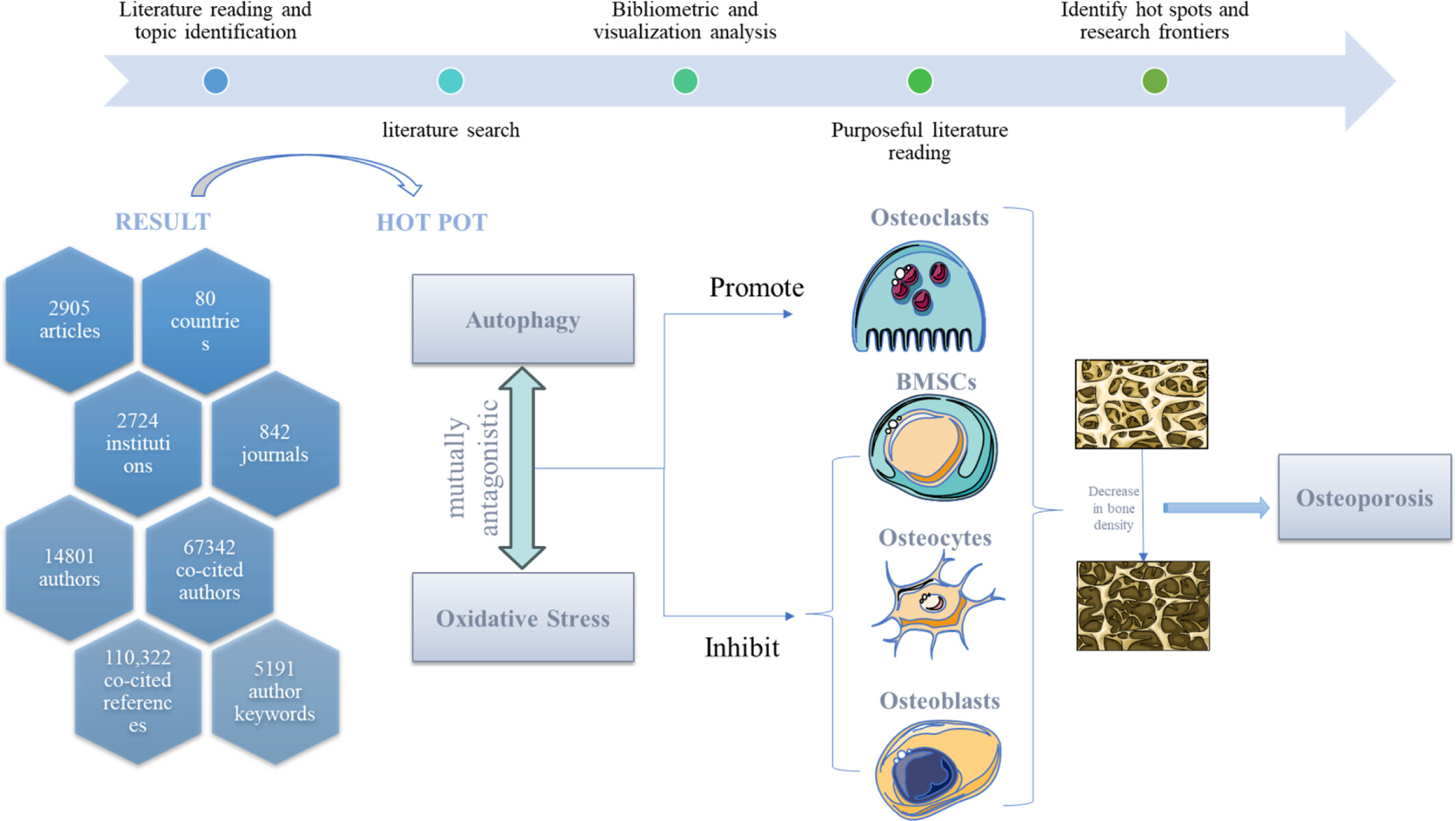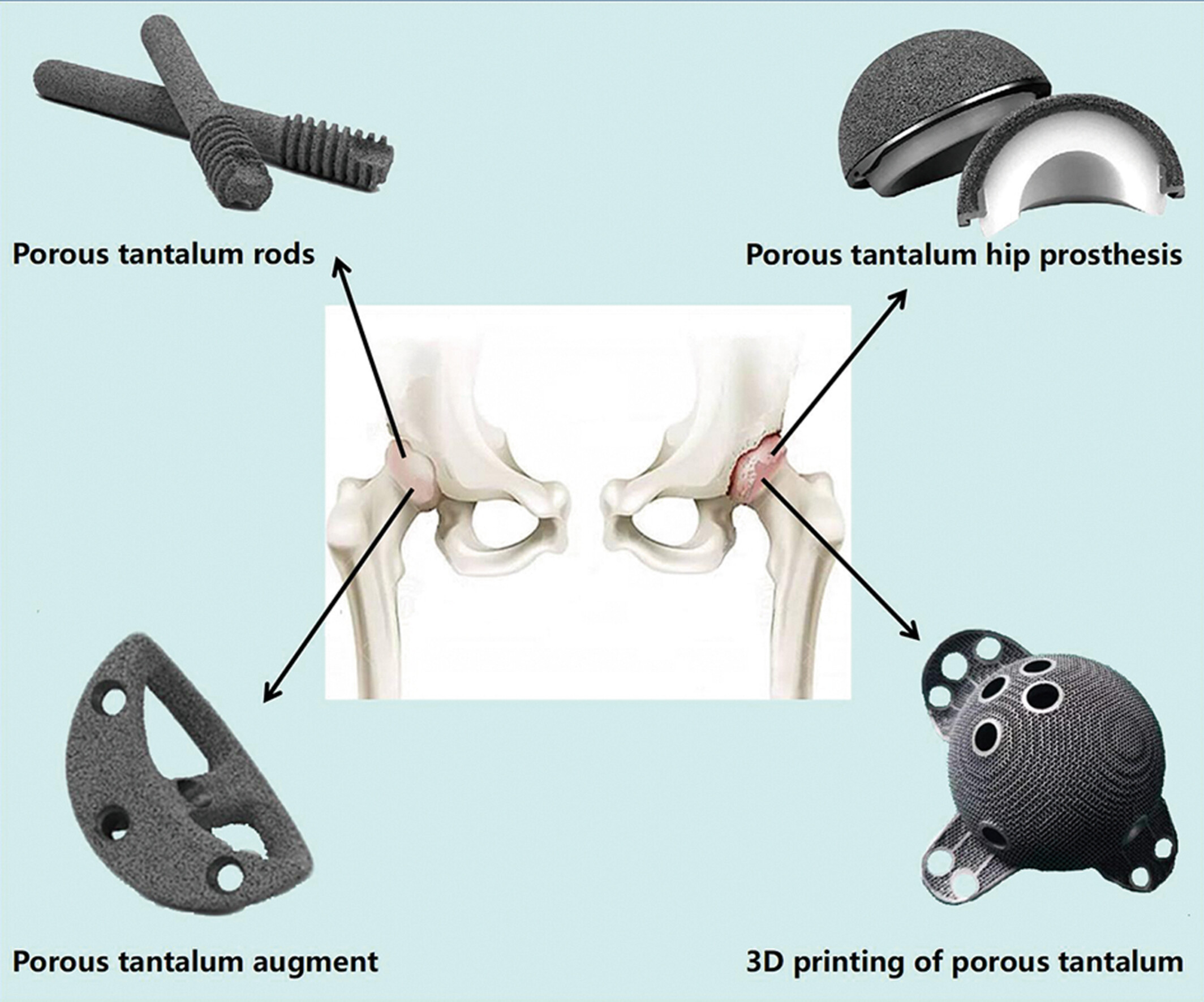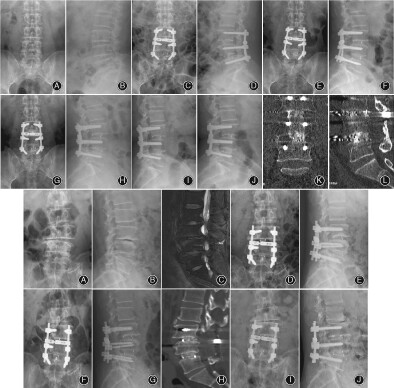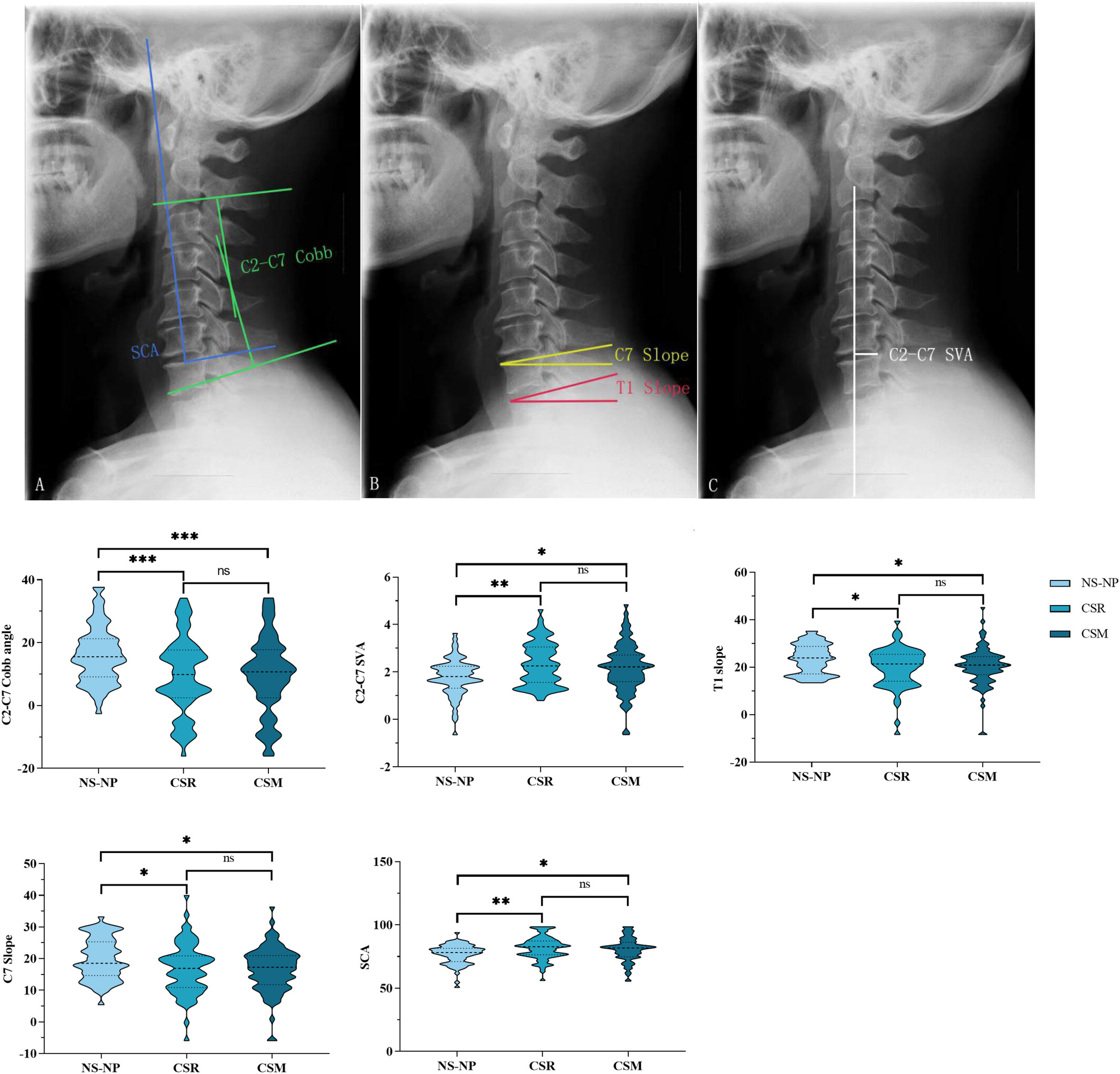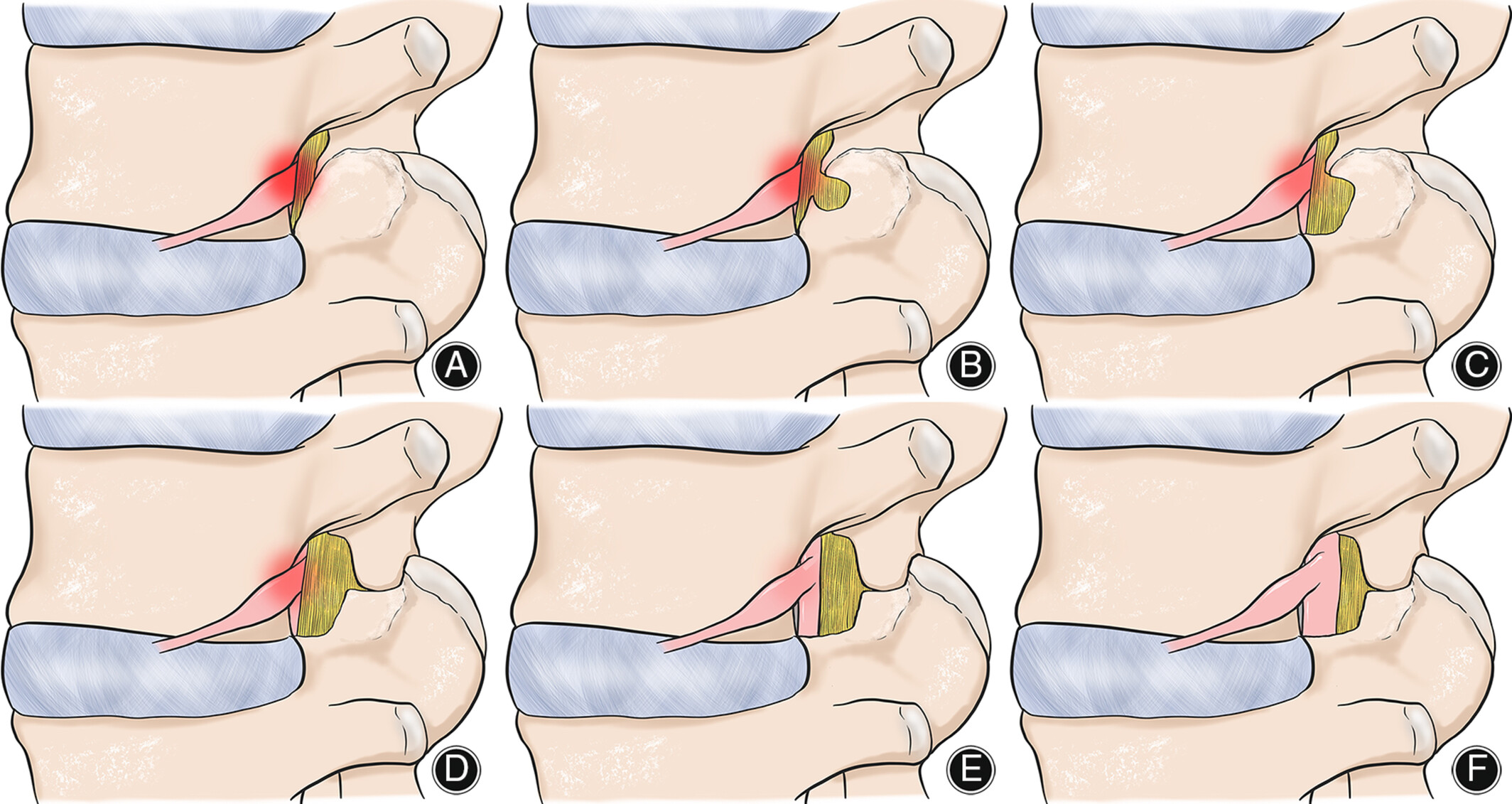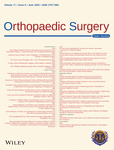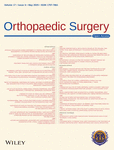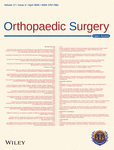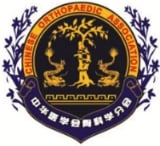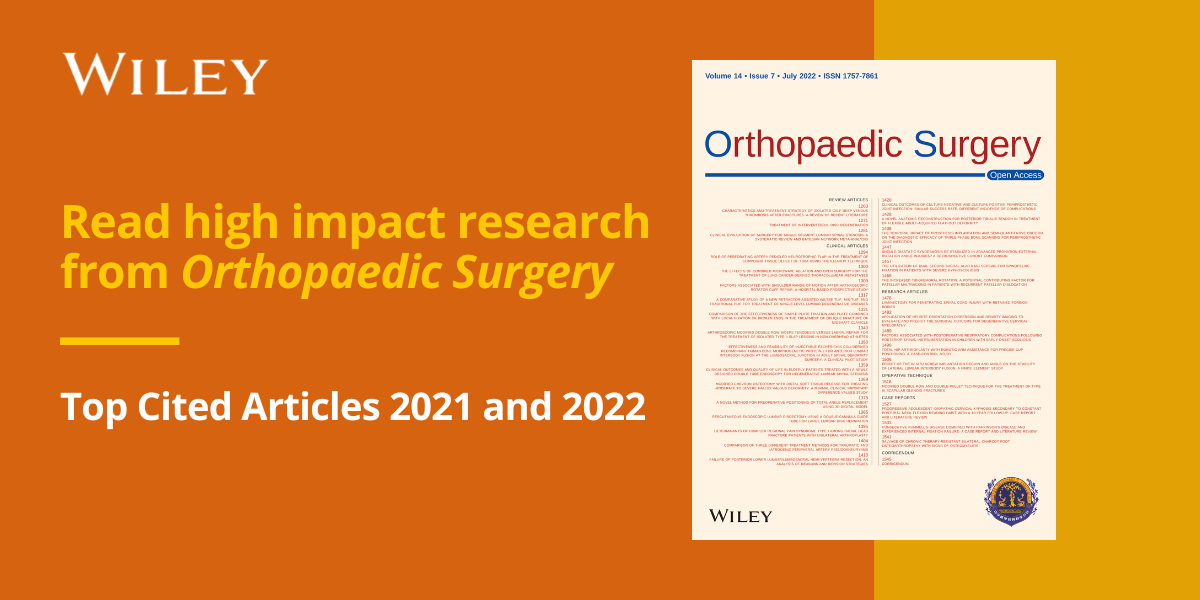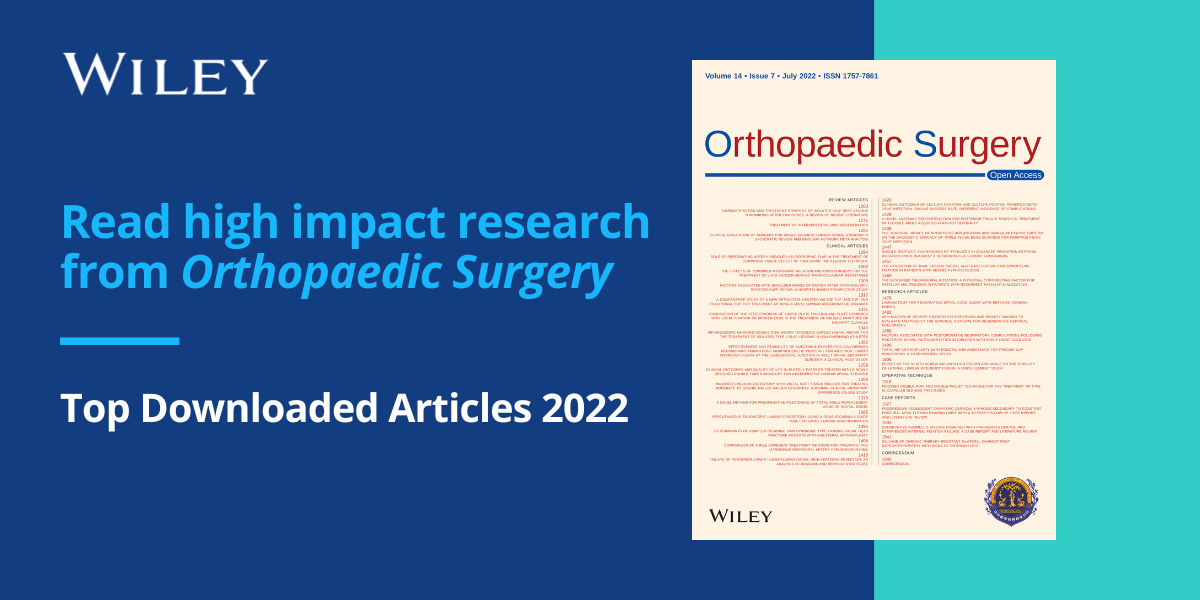Edited By: Xinlong Ma, Tianjin Hospital, Tianjin, China
Tianjin Hospital and John Wiley & Sons Australia, Ltd.
Orthopaedic Surgery is a platform focusing on all aspects of orthopaedic techniques and surgery including biomechanics, thoracic vertebrae, treatment outcomes, prostheses and implants. We're a proud open access orthopaedics journal with a global audience of researchers and clinicians in orthopaedic surgery.
We publish Original Articles, Clinical Articles, Review Articles, Guidelines, Editorials, Commentaries, Surgical Techniques, Case Reports and Meeting Reports.
Journal Metrics
- 3.9CiteScore
- 2.1Journal Impact Factor
- 25%Acceptance rate
- 6 days Submission to first decision
Why publish in Orthopaedic Surgery?
- Your work will be open access, resulting in more downloads and citations.
- Get help getting published with English language Editing and figure improvement services.
- Increased reach and accessibility with video content and descriptive text, giving you the opportunity to demonstrate your work.
- Make a global impact. Your work will be widely indexed to make it discoverable by global researchers and clinicians.
- Quality assured with a robust peer review process.
- The official journal of the Chinese Orthopaedic Association with an international editorial team ensuring global coverage.
Orthopaedic Surgery is calling for Editorial Board Members and Young Reviewers. Please click the following links for more details.
- Join us as Editorial Board Members for Orthopaedic Surgery
- Call for Young Reviewers for Orthopaedic Surgery
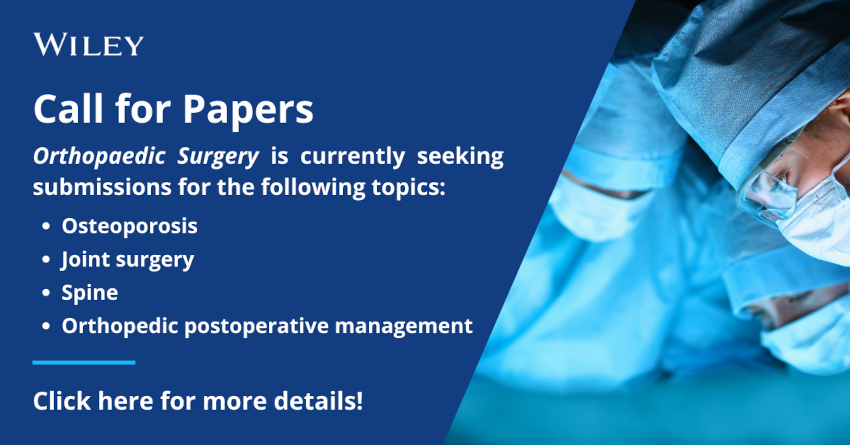
Articles
Comparison of Quality of Life in Transfemoral Amputee Using Bone‐Anchored Prostheses vs. Socket Prostheses: A Systemic Review and Meta‐Analysis
- 18 July 2025
Graphical Abstract
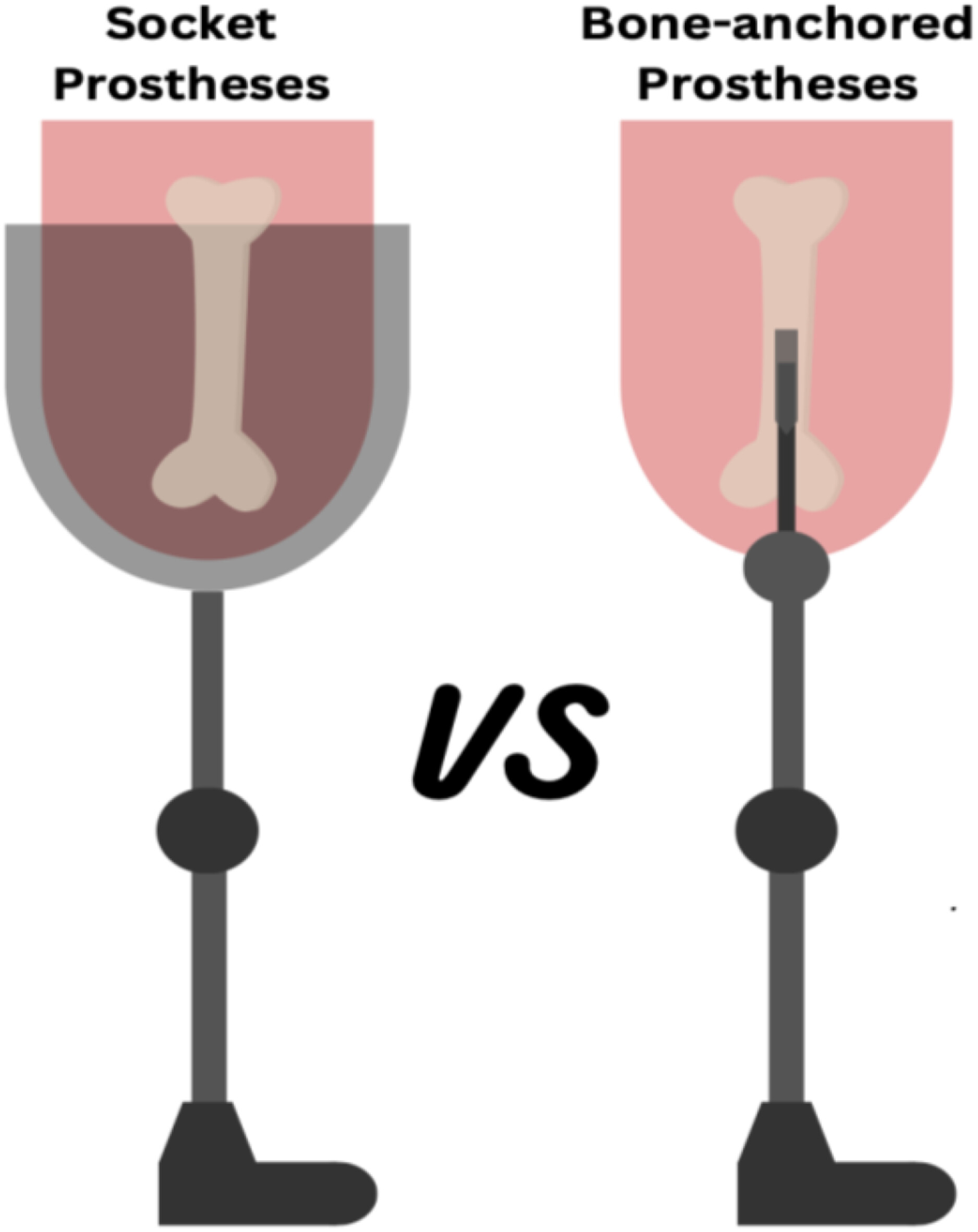
The standard treatment for lower limb amputation is socket prostheses. This systematic review and meta-analysis showed significant quality of life improvements with bone-anchored prostheses (BAP) over socket prostheses. The positive findings suggest BAP has the potential to replace socket prostheses as the first line treatment.
Is Collum Femoris Preserving Stem (CFP) an Epiphyseal-Stabilized Prosthesis? A Long-Term Single-Center Series Follow Up of 705 Cases
- 18 July 2025
Graphical Abstract
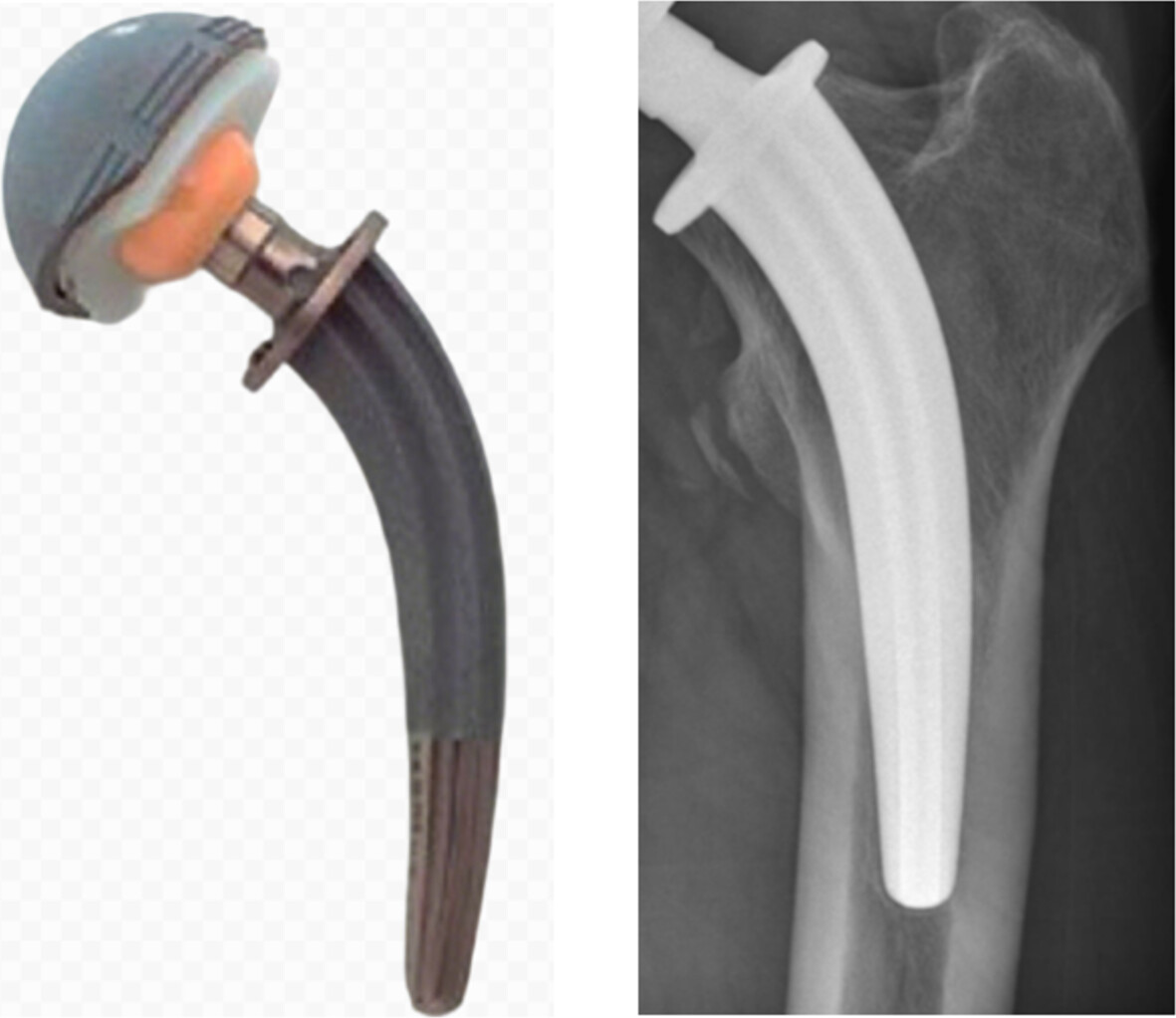
The Collum Femoris Preserving (CFP) stem, designed to minimize stress shielding and preserve femoral neck bone stock, demonstrated a 95.32% long-term survival rate over 10.4 years. Radiographic findings revealed significant proximal femoral bone resorption and distal femoral sclerosis, redefining CFP stems as distal-stabilized rather than epiphyseal-stabilized prostheses.
Factors Associated With Complications in 176 Crowe IV Hips Treated With Total Hip Arthroplasty
- 18 July 2025
“Virtual Lateral Wall” Technique to Overcome Nail Entry Pathway Errors and Optimize Success of Intramedullary Nailing in Pertrochanteric Fractures
- 18 July 2025
Anti‐Osteoporosis Treatment Alleviates Osteoarthritis Symptoms and Partially Reverses Disease Progression
- 16 July 2025
Biomechanical Advantages of Novel Duet Screws Plus Bilateral Satellite Rods Fixation in the Correction Surgery for Adult Spinal Deformity
- 16 July 2025
Graphical Abstract
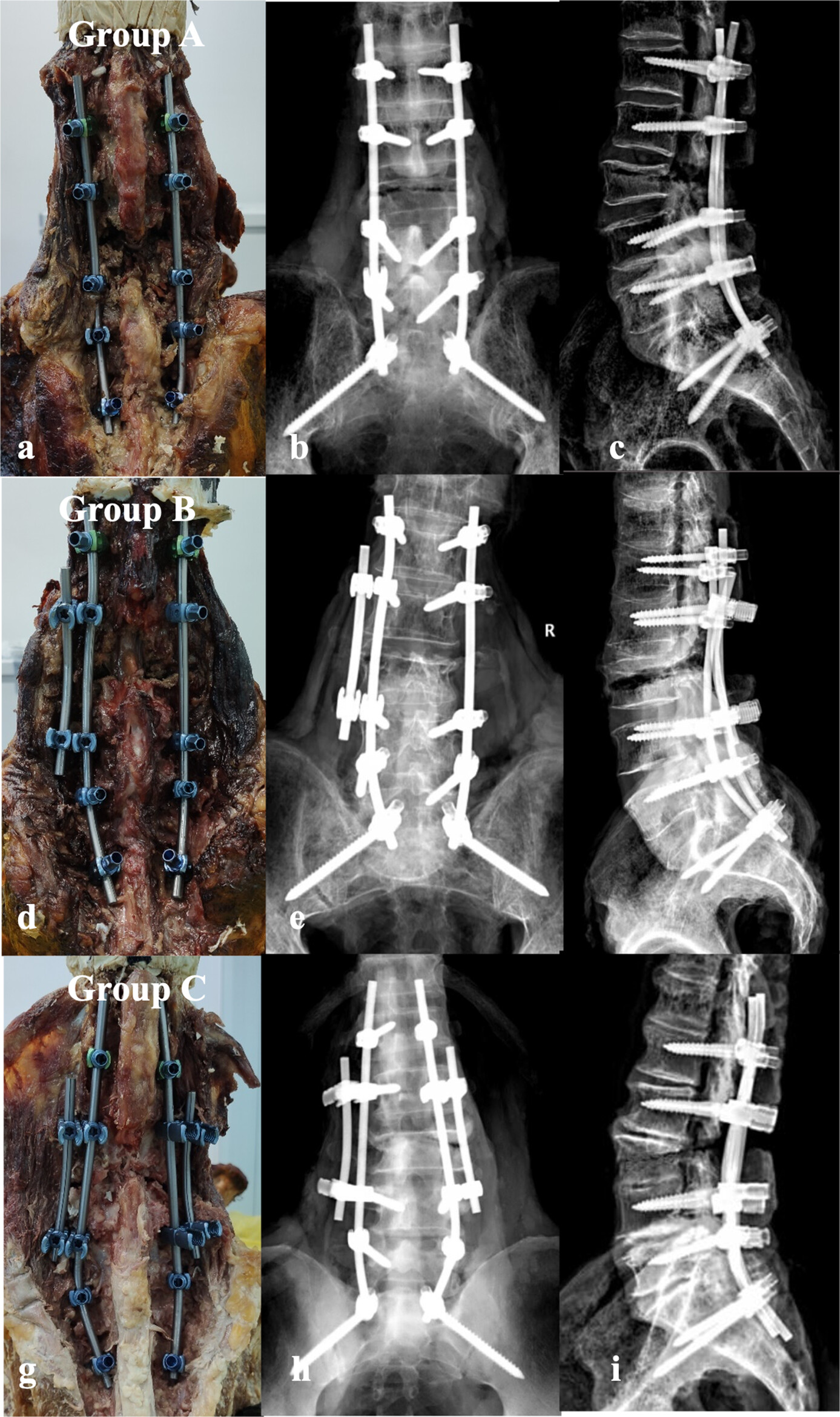
Satellite rods with duet screws in a four-rod construct significantly decrease rod stress at the L3 PSO and sacrum, reducing rod breakage without compromising spinal motion. Finite element and cadaveric tests confirm this biomechanical advantage for adult spinal deformity surgery with long fusion to the pelvis.
Unilateral Biportal Endoscopic Decompression for Degenerative Lumbar Spinal Stenosis Under Local Anesthesia in Elderly Patients with Medical Comorbidities
- 15 July 2025
Graphical Abstract
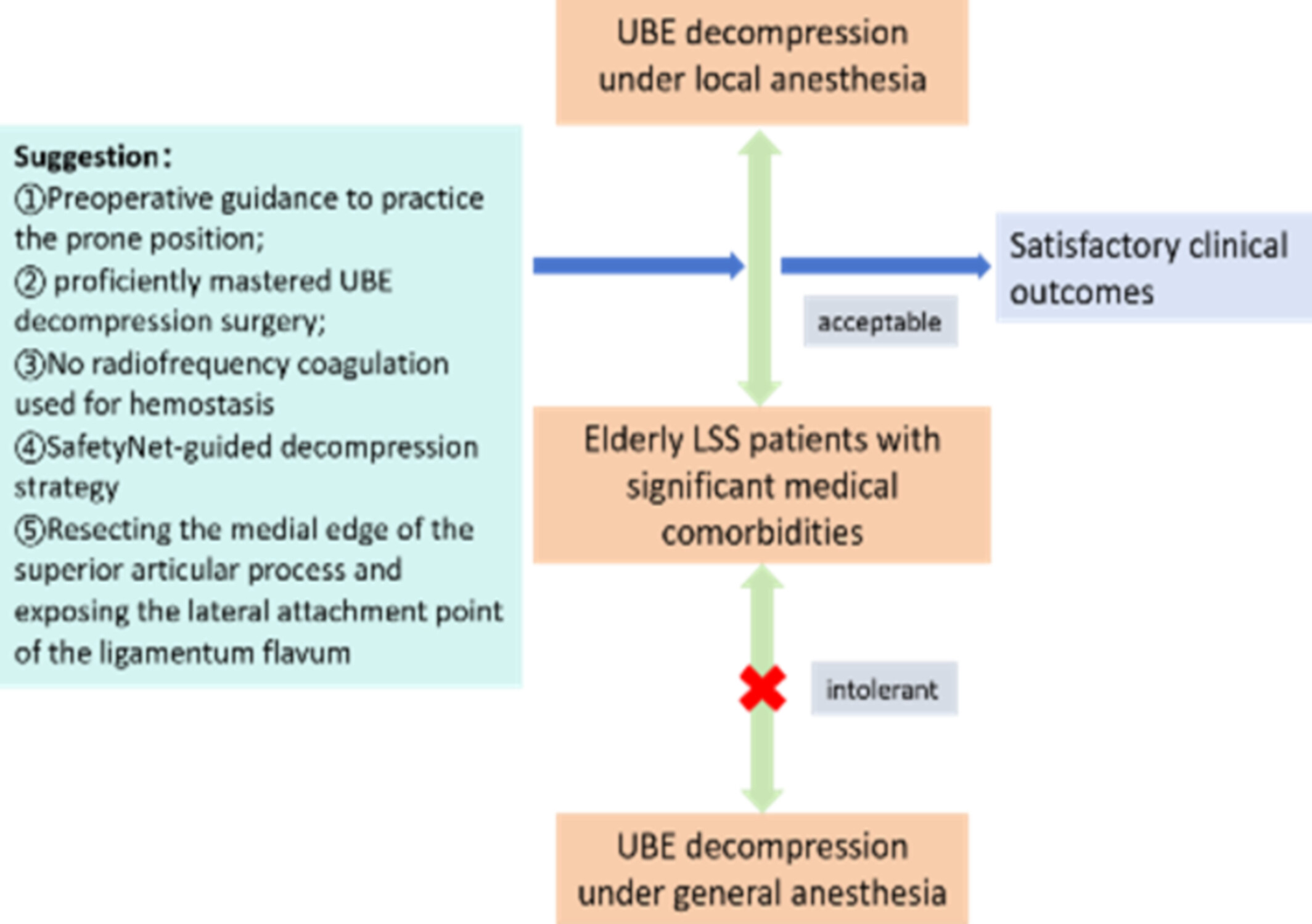
For elderly patients with LSS who are intolerant to general anesthesia, UBE decompression under local anesthesia is feasible. Satisfactory clinical outcomes can be achieved by employing the SafetyNet-guided decompression strategy during UBE surgery under local anesthesia. UBE decompression under local anesthesia is a potential alternative treatment for elderly patients with LSS and significant medical comorbidities.
Impact of Warmed Irrigation Fluid During Shoulder Arthroscopy on Patient Temperature, Recovery, and Cognitive Function: A Prospective Analysis of Influencing Factors
- 15 July 2025
Graphical Abstract
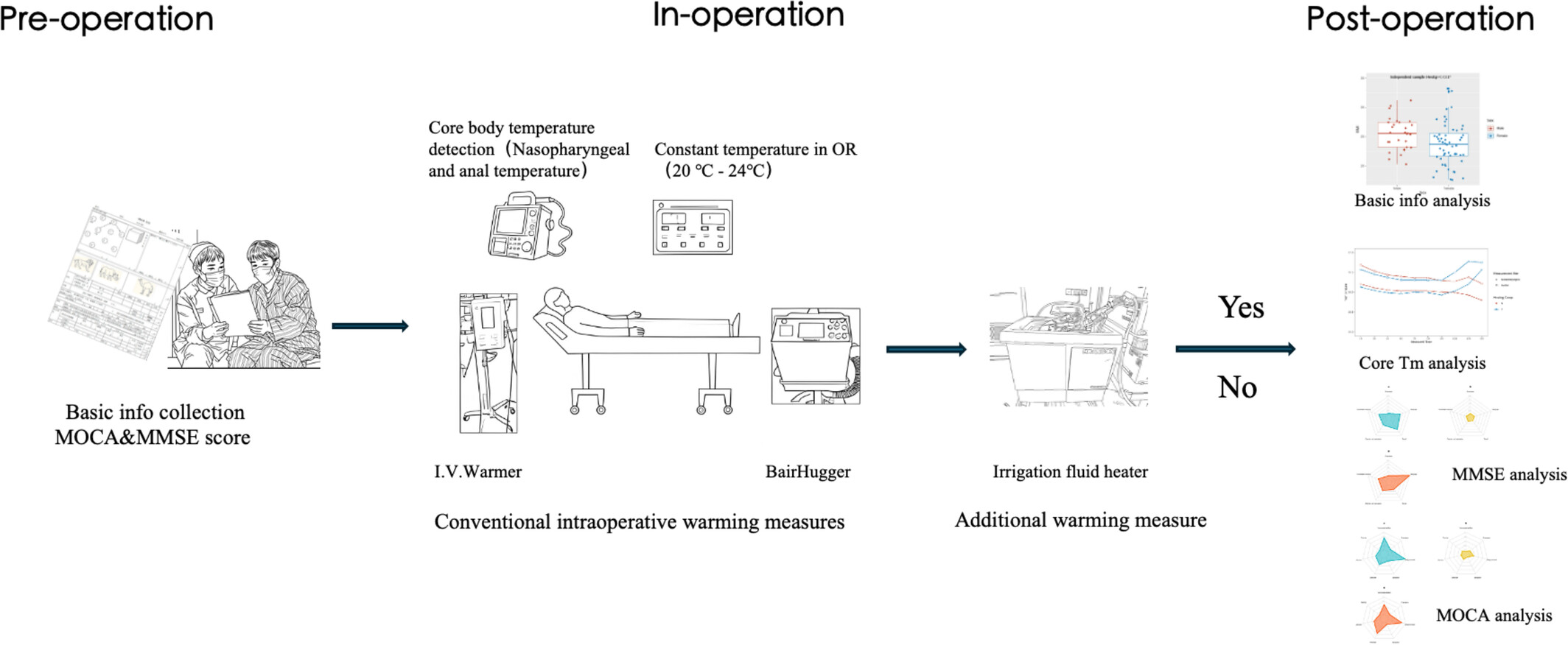
This study examines the impact of gender differences and intraoperative warming techniques on body metrics and temperature regulation during shoulder arthroscopy. Warmed irrigation effectively stabilizes intraoperative core temperatures, potentially enhancing surgical outcomes, while gender differences in BSA and BMI are evident. Recovery times remain consistent across different demographics and health conditions.
Correlation of Preoperative Inflammation/Immunity Markers With Postoperative Urinary Tract Infections in Elderly Hip Fracture Patients
- 10 July 2025
Graphical Abstract
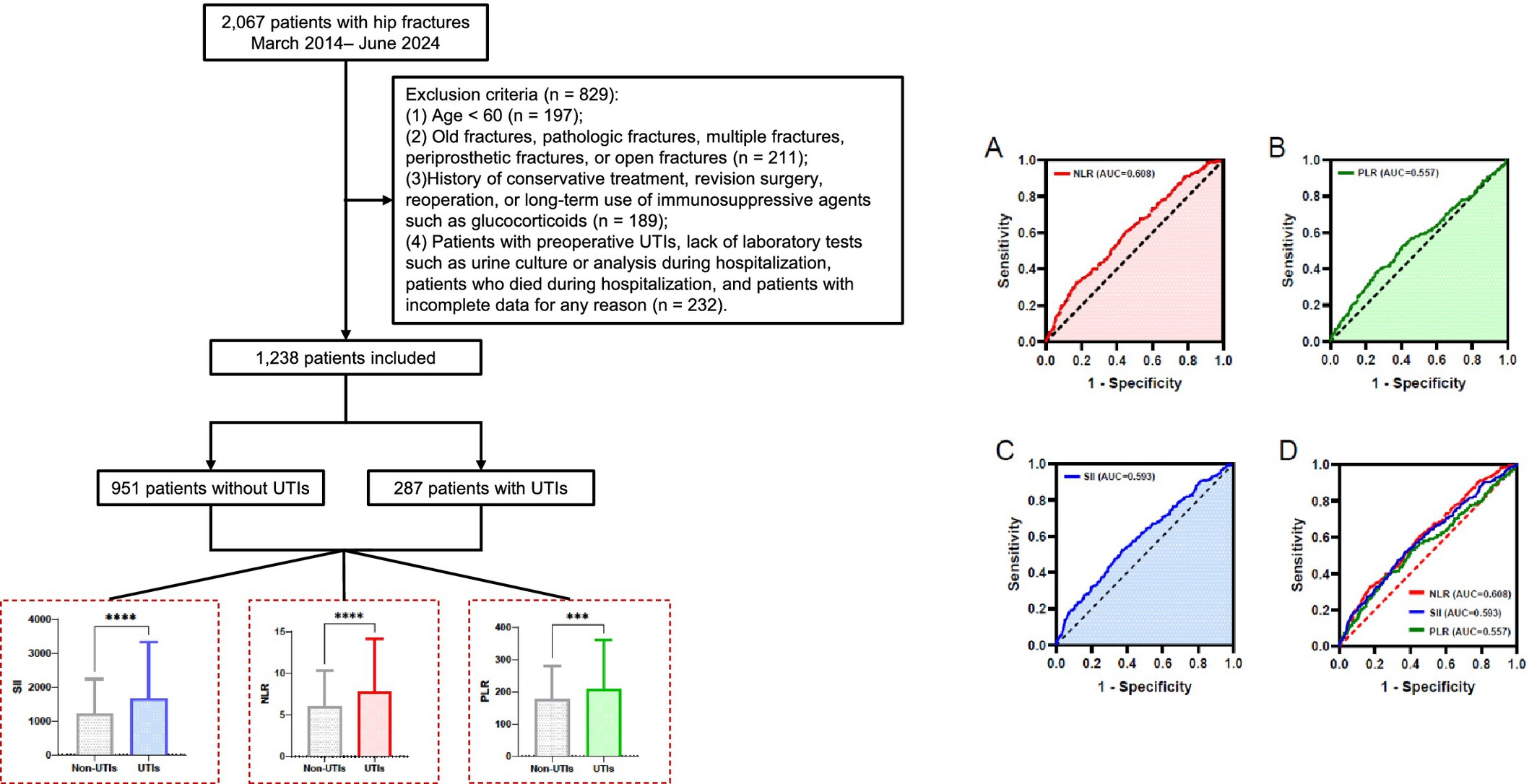
We retrospectively evaluated 1238 elderly patients with hip fracture who underwent hip surgery between March 2014 and June 2024. Among elderly hip fracture patients, NLR demonstrated the highest predictive value for postoperative UTIs compared to PLR and SII. High NLR, high PLR, and high SII were significantly associated with the incidence of postoperative UTIs using the best cutoff values.
Total Hip Arthroplasty Stems and Femur Strain During Implant Insertion: A Biomechanical Study of Single Taper, Double Taper, and Collared Monolithic Stems
- 6 July 2025
Graphical Abstract
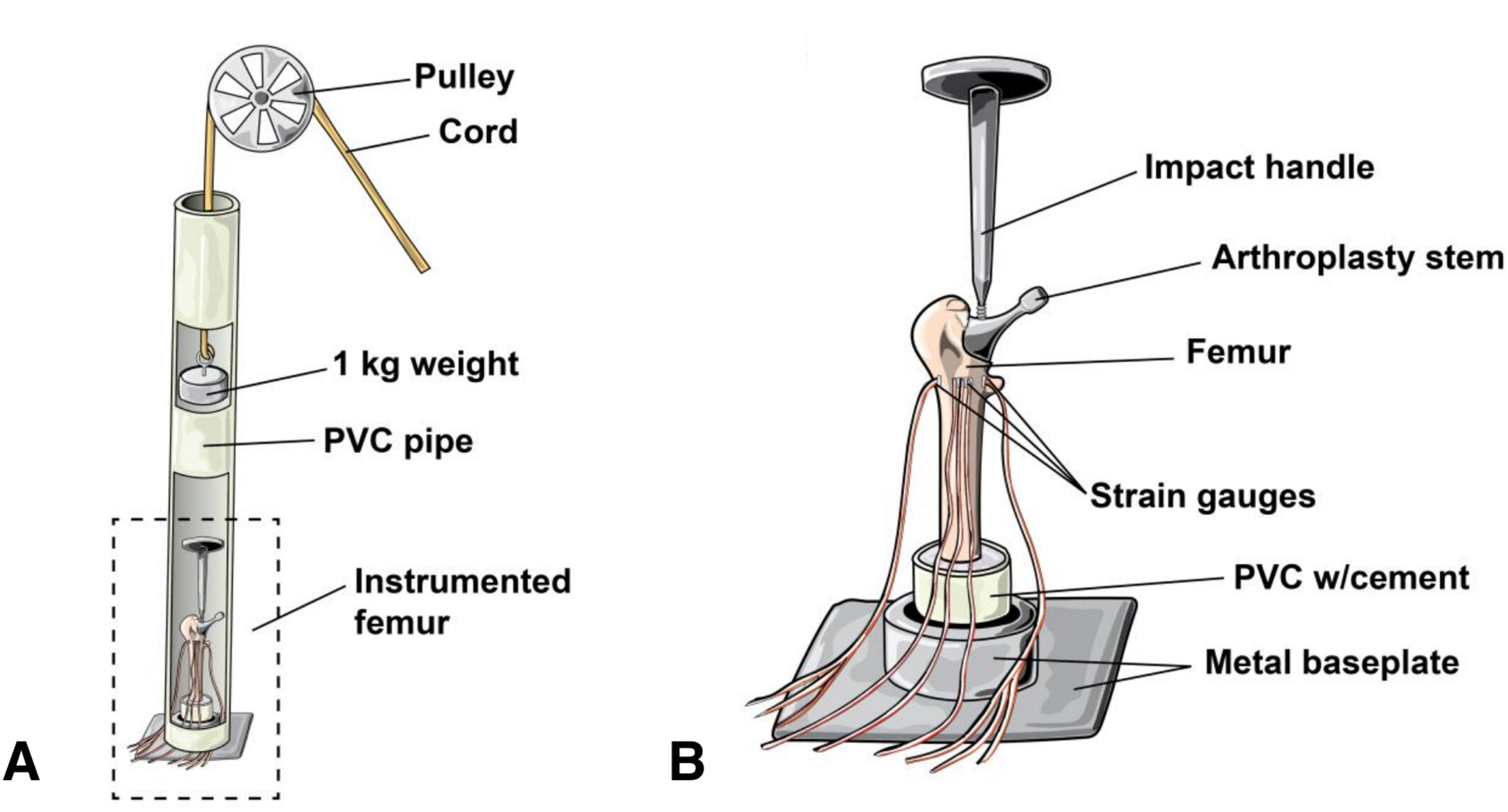
Stem design significantly affects strain patterns on the proximal femur during total hip arthroplasty. Collared stems induce compressive strain medially, while double taper stems compress laterally. These findings provide insights to reduce intraoperative periprosthetic femur fracture risk and guide ideal implant selection.



